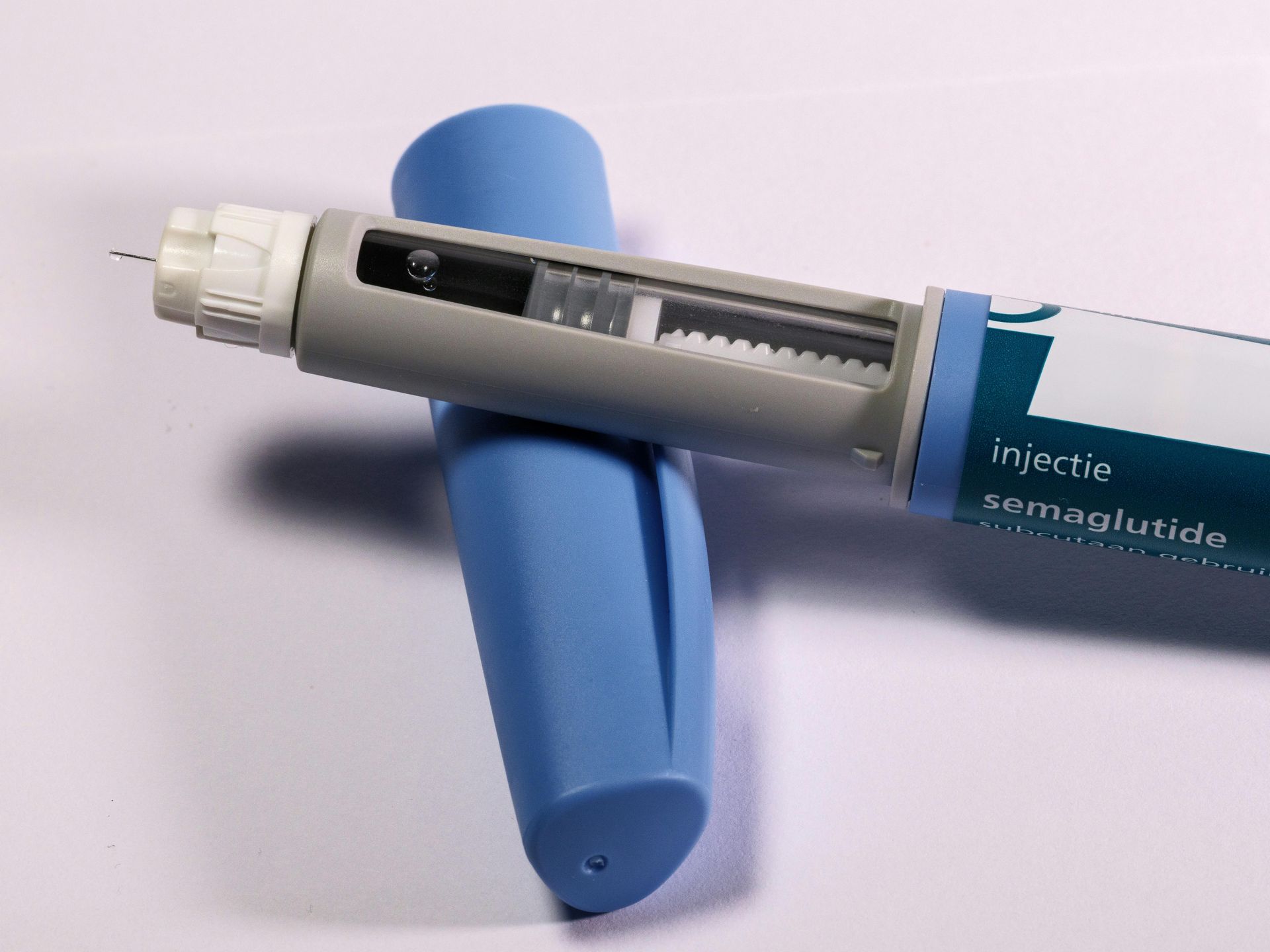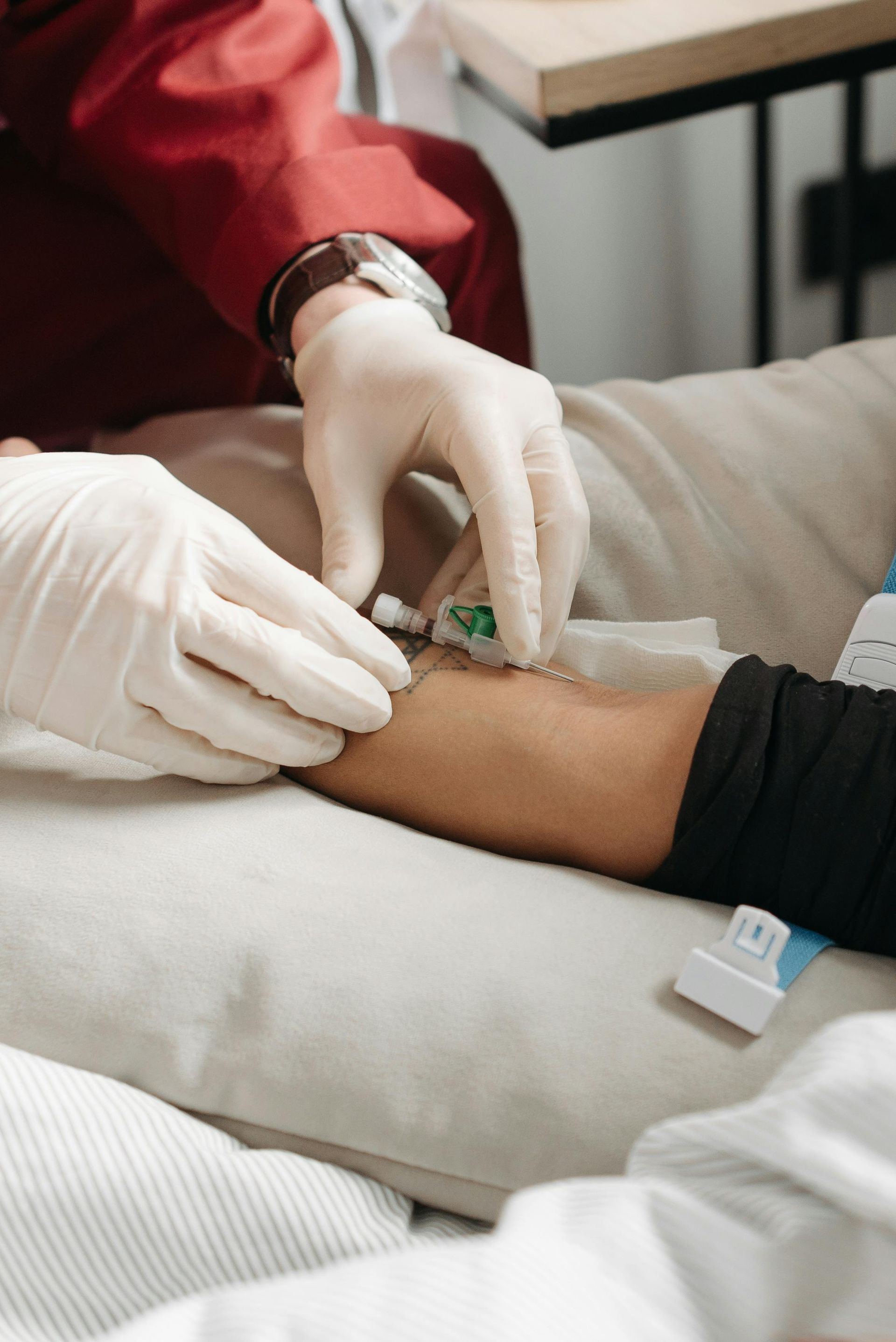Understanding the distinctions between these two intravenous administration methods is crucial for proper patient care. The primary differences lie in delivery speed, volume, therapeutic effect, and clinical application.
IV Infusion vs IV Bolus: Key Differences Explained
When it comes to intravenous therapy, understanding the difference between IV infusion and IV bolus can significantly impact patient outcomes and therapeutic effectiveness. Whether you're a healthcare professional, a patient receiving treatment, or simply curious about drug administration methods, knowing these distinctions is essential for optimal care.
What Is IV Infusion?
IV infusion is a method of delivering medication or fluids into a patient's vein gradually over an extended period, typically ranging from several minutes to hours. This intravenous administration technique allows for controlled, steady delivery of therapeutic substances directly into the bloodstream through a catheter inserted into the patient's vein.
The continuous infusion method is particularly beneficial when medications need to maintain consistent levels in systemic circulation. Healthcare providers use infusions for various medical procedures, including hydration therapy, nutritional support, and administering medications that require sustained therapeutic effect over time. At-home IV therapy has become increasingly popular for patients seeking convenient access to these treatments.
IV infusions typically involve sterile solutions prepared from either aqueous base formulations or dry powders that need to be reconstituted before administration. The volume of fluids delivered through continuous infusion can be precisely controlled using specialized equipment, ensuring accurate fluid management and optimal patient safety.
What Is IV Bolus?
An IV bolus, also known as an intravenous bolus or bolus injection, involves rapidly injecting a concentrated dose of medication directly into a patient's vein using a syringe. This IV push method delivers the entire medication volume within seconds to a few minutes, providing immediate entry into the bloodstream.
The bolus injection technique is especially valuable in emergency situations where rapid drug administration is critical. When time is of the essence, the IV bolus injection allows medications to reach systemic circulation quickly, producing a swift therapeutic effect. This makes it an essential tool in critical care settings where immediate response is necessary.
Healthcare professionals use the IV push method when medications require rapid onset or when the drug's pharmacokinetics favor quick administration. The injection is delivered through an existing catheter or central venous access point, ensuring direct delivery to the patient's bloodstream without delay.
Key Differences Between IV Infusion and IV Bolus
Delivery Speed and Duration
The most obvious difference between IV infusion and IV bolus is the rate of administration. Continuous infusion delivers medication slowly over extended periods, while bolus injection provides rapid delivery within moments. This fundamental distinction affects how the medication interacts with the body and influences the chosen method for specific medical procedures.
Volume of Distribution Considerations
From a biopharmaceutics perspective, the volume of distribution plays a significant role in determining which method is appropriate. The one-compartment linear model used in clinical pharmacokinetics suggests that bolus injection rapidly saturates the bloodstream, while infusions maintain steady-state concentrations. This impacts how effectively the medication reaches target tissues and achieves the desired therapeutic effect.
Pharmacokinetics and Drug Concentration
The pharmacokinetics of drug administration differ significantly between these methods. A bolus injection creates a high peak concentration immediately after injection, which then decreases over time. In contrast, continuous infusion maintains relatively stable drug levels in systemic circulation, avoiding dramatic peaks and troughs. IV therapy for optimal wellness often utilizes infusion methods to maximize nutrient absorption.
When to Use IV Infusion vs IV Bolus
Selecting the appropriate intravenous method depends on multiple factors, including the medication type, patient condition, desired therapeutic effect, and clinical setting.
Emergency Situations and Critical Care
In emergency situations, the IV bolus injection is often preferred for life-saving medications. When critically ill patients require immediate intervention, the rapid drug administration provided by IV push can be critical. Emergency drug availability and quick response times make this method indispensable in critical care settings where mortality risks are high.
Parenteral Drug Administration for Chronic Conditions
For patients requiring ongoing treatment, continuous infusion offers superior fluid management and maintains consistent therapeutic levels. This parenteral drug administration method is ideal for conditions requiring sustained medication delivery, such as pain management, nutritional support through feeding tube supplementation, or managing autoimmune rheumatic diseases.
Hydration and Fluid Balance
When addressing dehydration or maintaining fluid balance, IV infusion is typically the preferred method. The controlled delivery of fluids through intravenous infusion allows healthcare providers to monitor and adjust the volume carefully, preventing complications associated with rapid fluid administration. Hydration therapy delivered via infusion ensures optimal fluid balance for patient recovery.
Clinical Utility and Patient Safety Considerations
Both intravenous methods have distinct advantages and potential risks that must be considered during drug administration decisions.
Administration Technique and Medical Procedures
Proper administration technique is paramount for both methods. Healthcare providers must ensure sterile conditions, correct catheter placement, and appropriate pharmaceutical dosage form preparation. Whether using a syringe for bolus injection or setting up parenteral drug solution for infusion, attention to detail prevents complications and ensures effective treatment.
Monitoring and Immune Response
Patients receiving either form of intravenous therapy require careful monitoring for potential adverse reactions. Some medications may trigger immune responses, including anaphylaxis or Kounis syndrome, particularly when delivered rapidly via bolus injection. Continuous monitoring during infusions allows for early detection and intervention if complications arise.
Research and Evidence-Based Practice
Current research available through PubMed, Google Scholar, and www.researchgate.net continues to explore the clinical utility of different intravenous bolus rates and infusion protocols. Studies examining critically ill patients demonstrate that appropriate selection between IV infusion and IV bolus can impact mortality rates and overall patient outcomes. IV therapy for brain health showcases how targeted infusion therapy can optimize treatment results.
Special Considerations in Pharmaceutical Dosage Forms
The formulation of medications also influences the choice between IV infusion and IV bolus. Some pharmaceutical dosage forms are specifically designed for one method over the other.
Medication Compatibility
Certain medications, such as insulin for diabetes management or capecitabine affecting thymidylate synthase, may be better suited to specific administration methods based on their chemical properties and intended therapeutic effect. The aqueous base or reconstituted dry powders must be compatible with the chosen delivery method to ensure stability and effectiveness.
Intravenous Bolus Rates and Safety
When using bolus injection, healthcare providers must carefully consider appropriate intravenous bolus rates. Delivering medication too rapidly can overwhelm the patient's system, potentially causing adverse reactions. Research continues to investigate optimal rates for various medications to balance rapid therapeutic effect with patient safety in emergency situations and routine medical procedures.
The Future of Intravenous Administration
As medical research advances, our understanding of parenteral drug administration continues to evolve. New technologies and evidence-based practices are refining how we approach both IV infusion and IV bolus methods.
Healthcare providers increasingly recognize that personalized medicine requires tailored approaches to drug administration. The choice between continuous infusion and bolus injection should consider individual patient factors, including their current health status, medication needs, and response to treatment. This patient-centered approach, combined with ongoing research and clinical utility studies, ensures optimal outcomes for those receiving intravenous therapy.
Whether you're exploring mobile IV therapy options or seeking to understand the science behind your treatment, recognizing the fundamental differences between IV infusion and IV bolus empowers you to make informed healthcare decisions. Both methods play vital roles in modern medicine, and understanding their distinct applications helps ensure the best possible therapeutic outcomes for every patient's unique circumstances.







